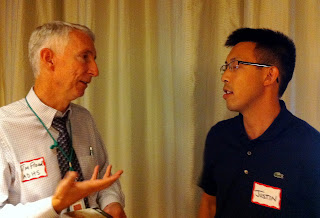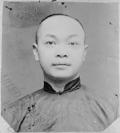The Asian Pacific Community in Action, in association with Health Through Action Arizona and the ASU Asian Pacific American Studies program, is happy to announce the publication of the second volume of “The State of Asian Americans & Pacific Islanders in Arizona.” Because this volume is focused on health, the publication is subtitled “Health Risks, Disparities and Community Responses.”
This document builds upon the original “State of Asian Americans and Pacific Islanders in Arizona” by providing a detailed look at the state of health among Asian Americans and Pacific Islanders (AAPIs) in Arizona. Essay topics include but are not limited to cancer, infectious diseases, mental health, domestic violence, women and children’s health, immigration, reproductive issues and emergency preparedness.
The essays were authored by a wide variety of talented individuals, including representatives of the Asian Pacific Community in Action, ASU, the Arizona Department of Health Services, the Maricopa County Department of Public Health, the University of Arizona, and the Arizona Family Planning Council, among others. This collective voice offers new information about the health of AAPIs in Arizona within the state’s distinctive sociopolitical environment. Importantly, community assets and resources are identified, and recommendations for enhancing the health and prosperity of AAPIs are offered.
I am proud to be associated with this publication. It goes beyond my original concept of a “data book” on AAPI health status and tells a far larger story on a much broader canvas. Special thanks goes to Dr. Kathy Nakagawa for her willingness to focus this particular volume on health, for inviting APCA to be a substantial partner in its development, and for her hard work relating to the document’s design and editing. Ms. Zeenat Hasan, Health Through Action Arizona Director, worked equally hard in coordinating the many moving parts involved in this effort and deserves significant recognition for her efforts.
We thank APS and the Asian and Pacific Islander American Health Forum for their generous support of this project, and we offer special thanks to the AAPI community members willing to serve as photo models and to Mr. Nick Oza for his stunning photography.
Most importantly, read the document! Myself, I learned a lot in reading it cover to cover. An electronic copy is available on the Publication page of the APCA website, and hard copies are available through APCA by contacting Ms. Kamana Khadka at kamana@apcaaz.org or (602) 265-4598. By the way, the first volume of the “State of Asian Americans and Pacific Islanders in Arizona” document is still available on the APAS website.
- Doug Hirano, MPH, APCA Executive Director
Thank you for your support!
5 years ago











